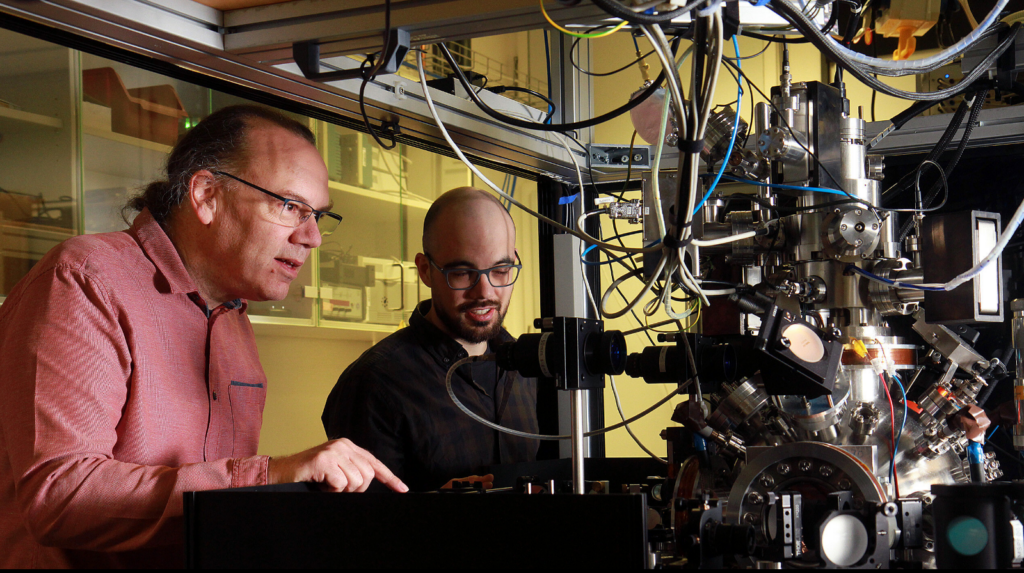At Purdue University, researchers like Erica Carlson are pioneering quantum materials that could unleash a technological revolution. As the 150th Anniversary Professor of Physics and Astronomy, Carlson understands the transformative potential.
“With quantum materials we’re trying to take these quantum properties that are typically locked away at very tiny length scales like length scales of an atom and we want to take those exquisite properties and bring them to the forefront of a material,” she said recently to Purdue University News.
Quantum properties have already found applications in areas like MRI machines and cellphone communications.
“Superconductors the electrons inside of the material pair up and those pairs act like a new particle in quantum mechanics,” Carlson further explained. “They can carry electricity, they can carry current without losing any energy, they also expel magnetic field.”

But Carlson believes we’re just scratching the surface: “We do expect new technologies to come about because each new class of quantum materials brings with it such fundamentally different properties and such new types of particles that we do know that new technologies will come out.”
Her metaphor crystallizes the potential.
“If the inventors are like painters then my field of quantum materials hands new pigments to the artists, then they can paint a great new future that no one can really predict,” she said.
Purdue is at the vanguard of this quantum revolution. Major shifts are already underway, including in quantum computing.
“We have quantum computers now,” said Carslon. “They’re not very big, they’re not very powerful yet, but they exist and they’re commercially available. You can buy time on quantum computers now.”
With minds like Carlson’s pioneering new quantum materials, Purdue is well-positioned to shape an emerging technology paradigm. The quantum age holds vast potential — are we ready to embrace the strange new pigments?
Featured image: Credit: Purdue University

















